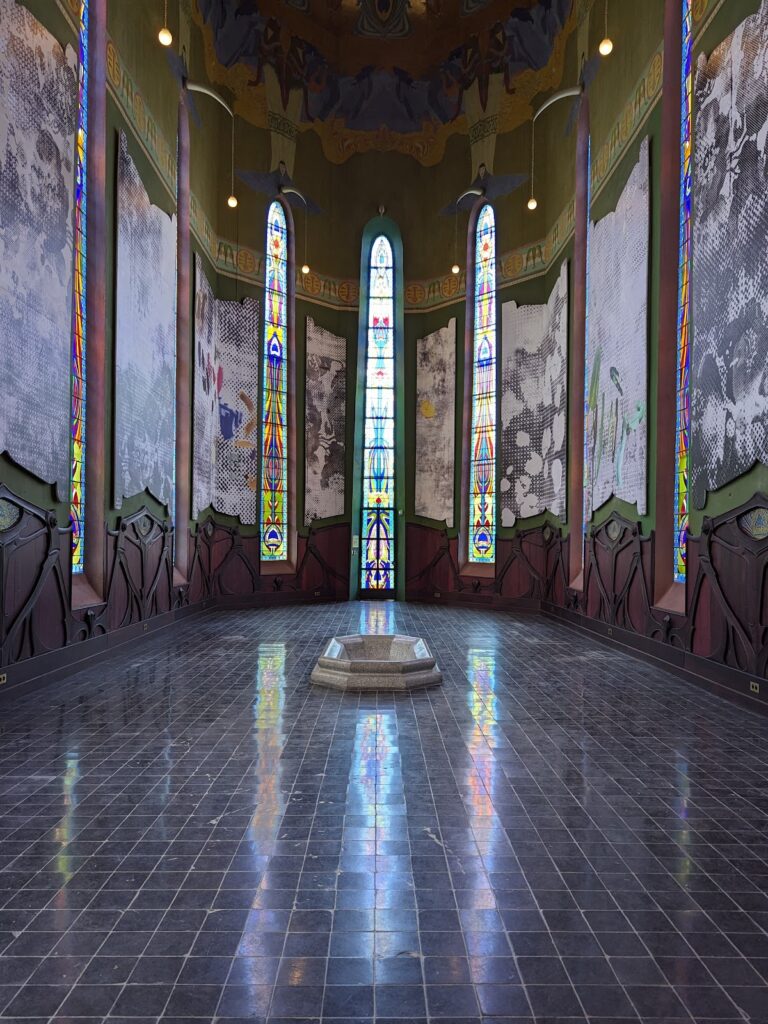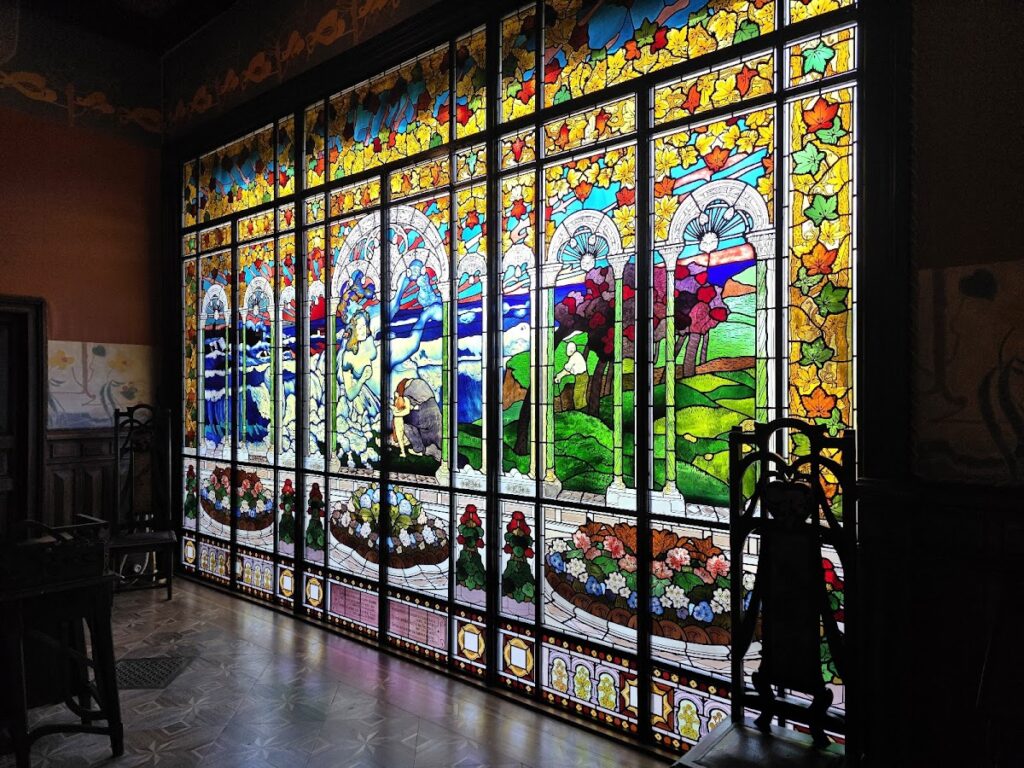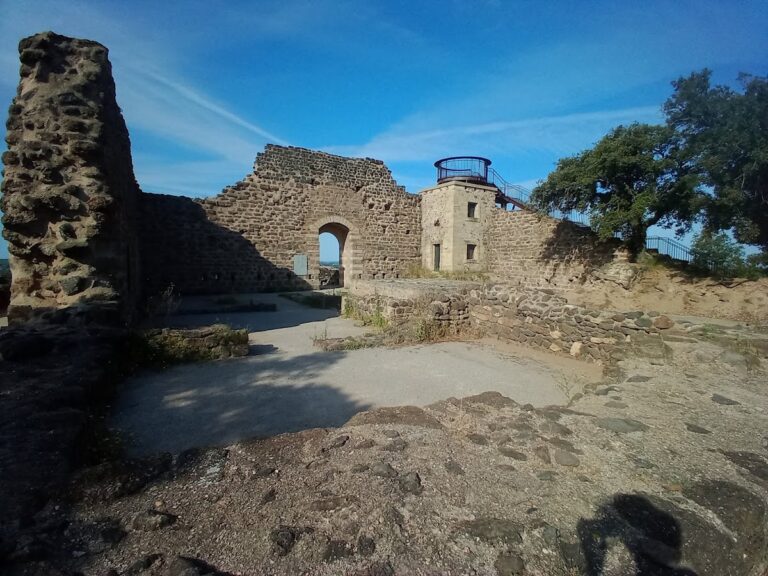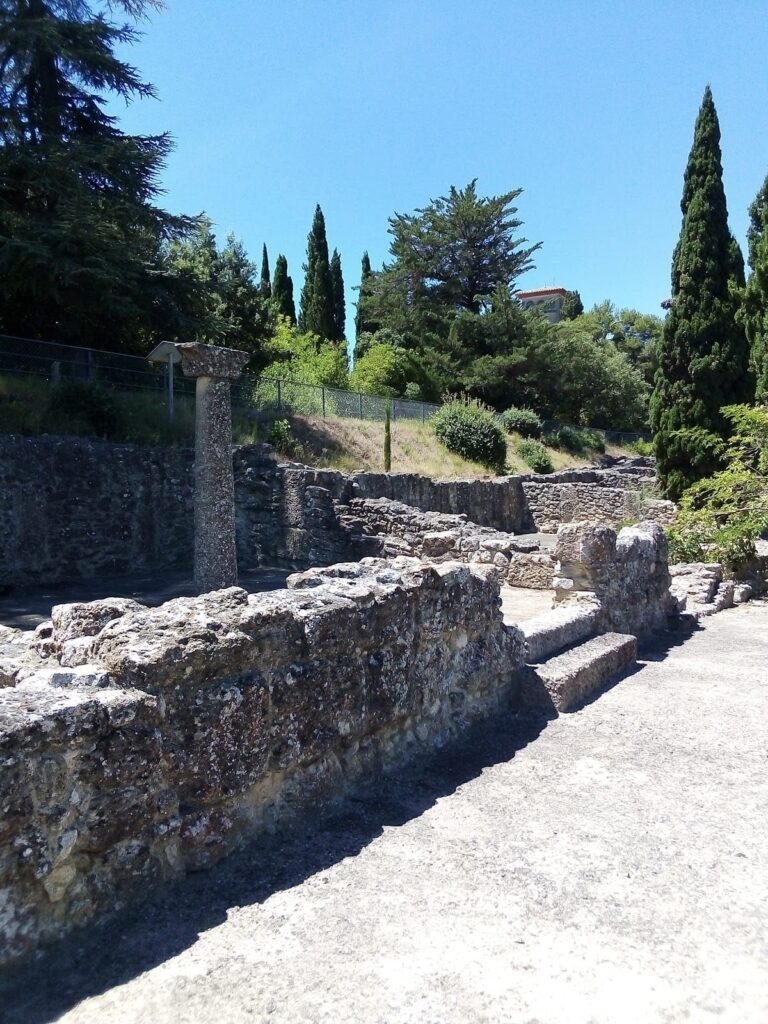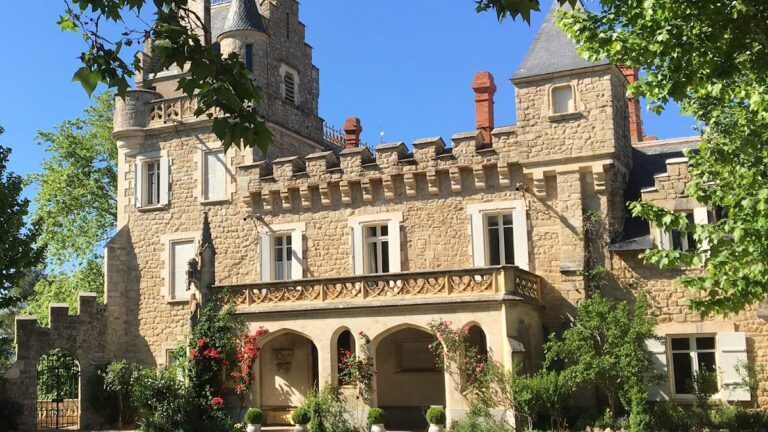Château Laurens: An Artistic Villa in Agde, France
Visitor Information
Google Rating: 4.6
Popularity: Medium
Google Maps: View on Google Maps
Country: France
Civilization: Unclassified
Remains: Military
History
Château Laurens is situated in the town of Agde, France. It was built by Emmanuel Laurens, a member of a family established in the area since the 18th century, who drew upon his heritage and travels to create this distinctive residence.
Construction of the château began in 1898 after Emmanuel Laurens inherited a large fortune and a family-owned parcel of land in Belle-Isle in 1897. Coming from a lineage of master masons, with his father an engineer and his uncle the city architect, Laurens envisioned the villa as a comprehensive artistic creation. He collaborated with various artists and craftsmen to unify architecture, interior decoration, furnishings, and lifestyle elements, expressing his passions for travel, art, and music.
For several decades, the villa enjoyed prosperity under Laurens’ ownership. However, financial troubles led him to sell the property in 1938. During World War II, the villa was occupied by German soldiers who left painted sketches on the walls reflecting their daily life as a garrison. After the war, and following the deaths of Laurens and his wife in the 1950s, the villa fell into neglect and gradually deteriorated.
In 1994, the city of Agde acquired the château and embarked on a major restoration project aimed at preserving its architectural and artistic heritage. This extensive renovation, spanning sixteen years and costing around €15 million, culminated in the public reopening of the villa in June 2023. Recognized as an important work representing architectural and decorative arts in southern France at the turn of the 20th century, Château Laurens, along with its gardens and ancillary structures, has been registered as a historic monument since 1996.
During the restoration process, it was necessary to replace original murals from the villa’s music room, which could not be reinstated. In 2015, the French government commissioned a new permanent artwork titled “Blow-Up,” created by Wilfried Mille and Ida Tursic, to adorn this space, bridging the château’s historical legacy with contemporary artistic expression.
Remains
Château Laurens presents an eclectic architectural design that merges several ornamental styles, including Art Nouveau, Neo-Greek, Egyptian revival, and Orientalist influences. This blend reflects the varied inspirations Emmanuel Laurens collected during his journeys and manifests in the villa’s richly decorated interiors and carefully integrated furnishing.
Among its principal features is the grand salon, adorned with painted decorations by Eugène Dufour, offering a vivid expression of the artistic tastes of the era. A smaller office within the villa contains a notable ceiling drawing by Louis Anquetin, depicting Apollo’s chariot, symbolizing illumination and creativity. The bathroom holds a distinctive bathtub configured as a pool, decorated with glazed earthenware tiles (faience) crafted by Eugène Martial Simas and produced in the Sarreguemines workshops, a well-known center for ceramic art.
The villa’s stained glass windows, located in the smaller apartments, bear the signatures of Eugène Simas and Théophile-Hippolyte Laumonnerie, illustrating the collaborative efforts of prominent artisans in its decoration. Furniture within the château includes pieces featuring pyrographed leather, created by Léon Cauvy, as well as works by Paul Arnavielhe and Carlo Bugatti. While parts of this furniture were dispersed over time and some displayed in the Jules-Baudou museum, they have since been partially recovered and restored to their original setting.
The property extends beyond the villa to encompass ornamental gardens, which include basins, an orangery, and a unique pavilion housing a hydroelectric turbine and its associated machinery. These external elements contribute to the site’s classification as a historic monument and illustrate the early integration of technical innovation within the estate.
Notably, some walls inside a spacious room hold painted sketches made by German military occupants during World War II, serving as historical testimonies to the villa’s wartime experience. Throughout the recent restoration, structural conservation and decorative preservation have been prioritized, ensuring the château’s artistic heritage endures while adapting to contemporary cultural functions.


